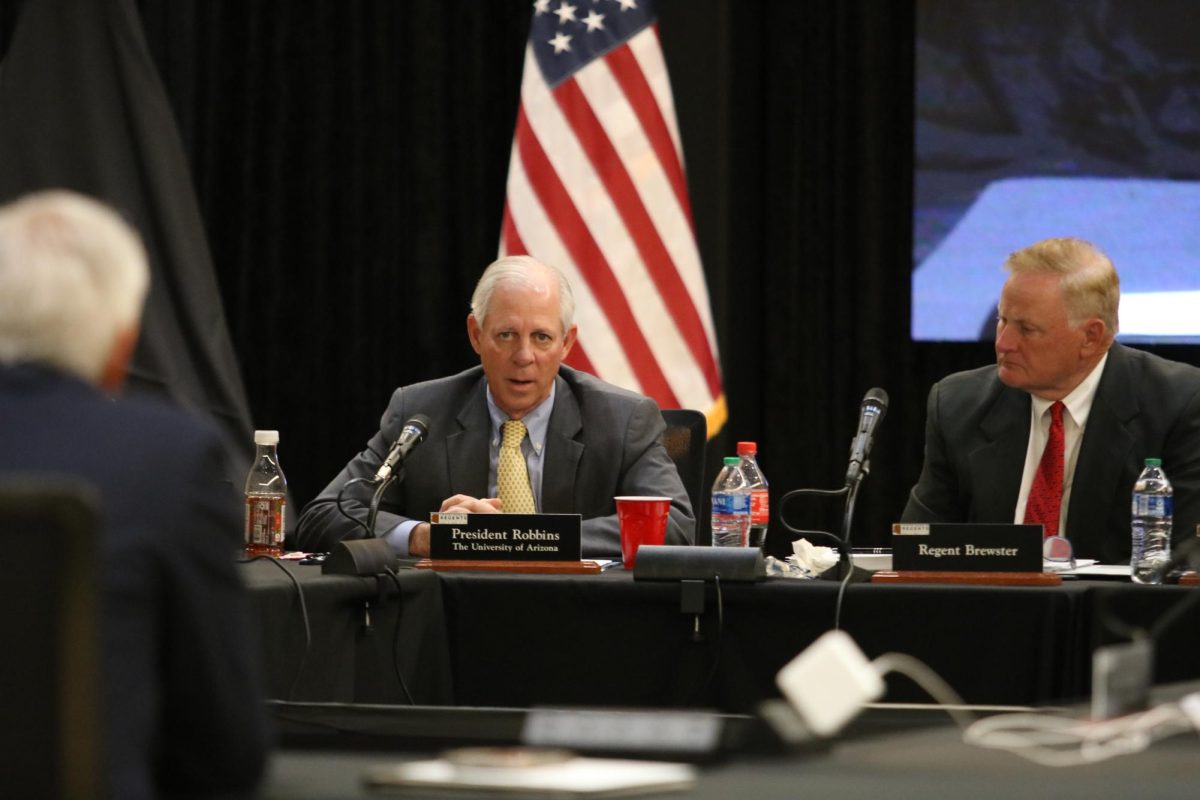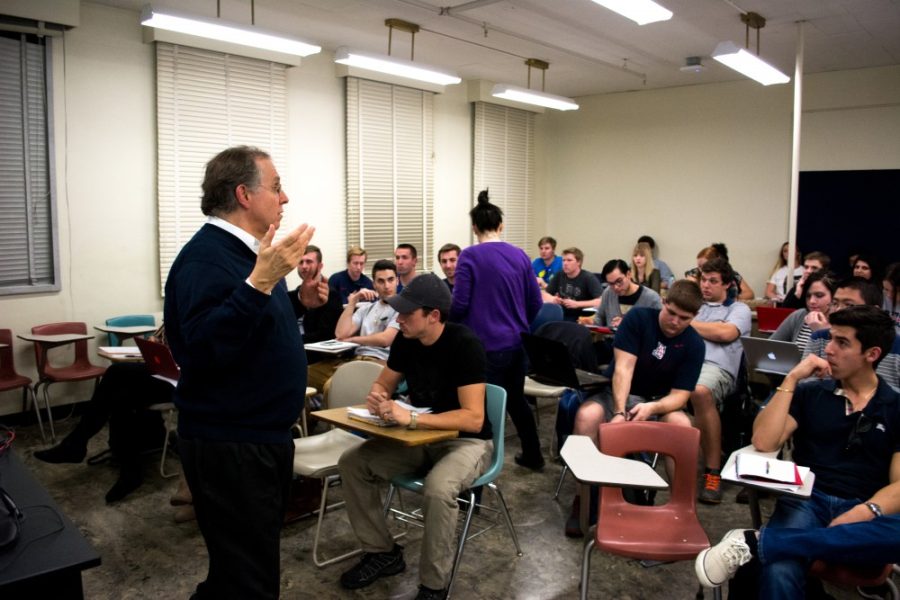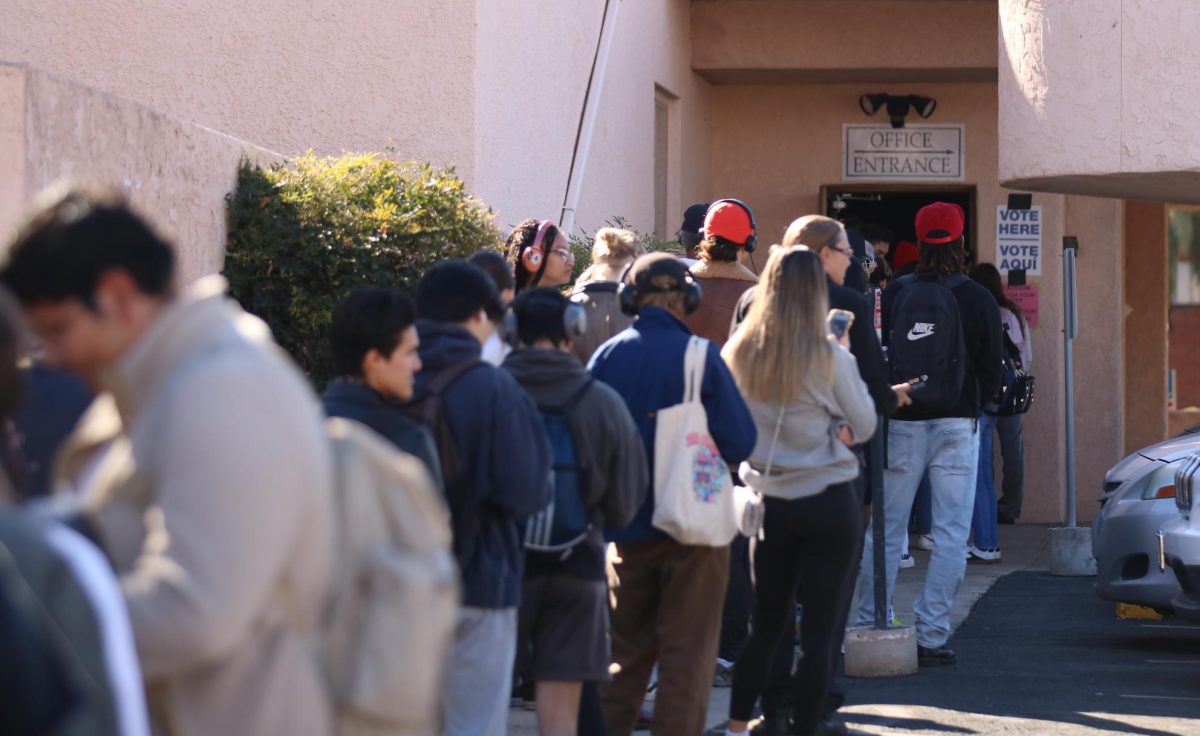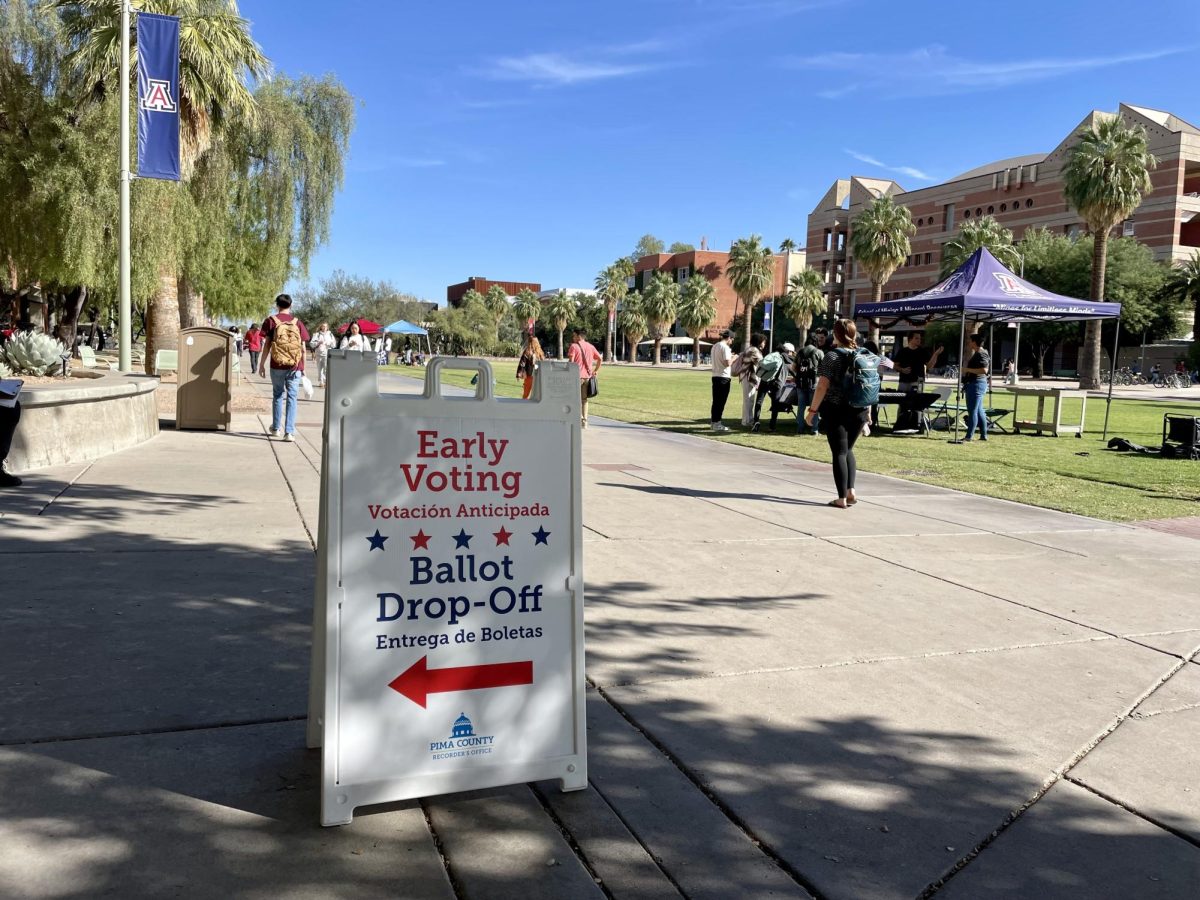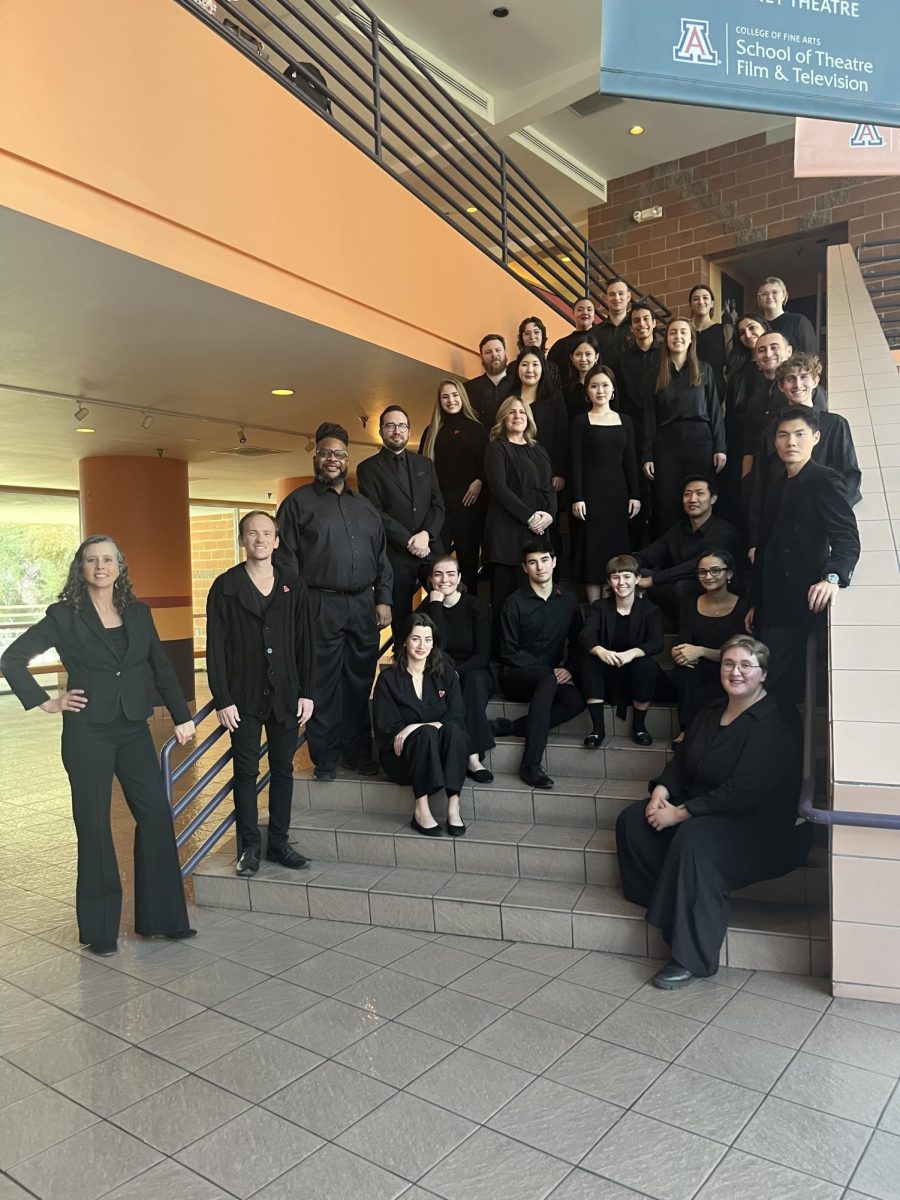The University of Arizona has undergone its next round of budget cuts to help reduce the $177 million shortfall from this fiscal year, resorting to layoffs of career-track faculty members as a quick solution to compensate for the deficiency.
“University of Arizona Career-Track Faculty, who are hired on fixed-term contracts and are not eligible for tenure, are scheduled to be laid off within the next two weeks, according to faculty members in multiple departments across campus […]. We call on the University of Arizona administration to reinstate our colleagues and prevent further layoffs,” the United Campus Workers of Arizona said in a May 6 press release.
Faculty first learned about the possibility of layoffs in early spring.
“Since I’ve been working here (I began at the university in 2021), there have been threats of layoffs every year. This is because it seems that no matter what pressure the university is facing—whether that is pandemic pressure, pressure around student enrollment numbers, or financial pressure—they always start by going after Career Track Faculty. This constant threat of layoffs or actual layoffs create conditions of incredible precarity and anxiety for instructors,” career-track lecturer Margaree Little said.
At the April 18 Arizona Board of Regents meeting, the UA community was given an update on the FY 2025 budget.
“I just want to reflect for a second on where we started and the context within which this work happened. We set out at the outset, this needed to be fixed without going to tuition and have honored that. We set out to assure that there would be no reduction of retirement or faculty benefits. We’ve honored that. There would be no across the board reductions. We’ve honored that,” Regent Fred DuVal said.
However, many faculty members were not comforted by DuVal’s statement at the board meeting. What DuVal failed to mention was that even though there is no reduction in retirement or faculty benefits, career-track faculty members are still being laid off to compensate for the deficit.
“We may not be valued by upper admin, but we are needed. We work directly with students and help set the tone for the next four plus years of their academic career. We value our commitment and service to our students and the UofA community,” said Emma Gomez, principal lecturer in the UA’s English Department. “Unfortunately, administration has not seen fit to acknowledge or value our work, so much so that the base salary for writing program instructors ($44,000) has not significantly changed since 2017. Our current salary base is well below what other lecturers at the UA and at other institutions earn.“
As for the impact on students, added tuition costs while professors are being laid off can reduce trust in the university. Gomez said that with these layoffs, students may start to question whether or not an education at UA is worth the cost.
“Career-Track Faculty make up over 50% of the faculty at the University of Arizona. This means that though we are less visible, we do the majority of the teaching. Because incoming students are often in large lecture classes, their writing class may be their only small class where the instructor actually knows their name,” Little said. “This means that we are also often the teachers to whom first-year students might talk if they are dealing with a difficult situation or mental health crisis, and research shows that writing instructors play a critical role in student retention—whether students stay at the university for their second year and beyond.”
Little also said that when layoffs occur, the quality of the education that a student receives decreases, due to the increased workload of other professors.
“As a former Writing Program director wisely said, our working conditions are students’ learning conditions. When instructors are overworked, stressed, or burned out by poor treatment, this inevitably filters into the amount of attention each student’s work can receive, though Writing Program lecturers work incredibly hard to not let this happen,” Little said. “In practical terms, what usually ends up happening is that the department must scramble at the last minute to get instructors to cover classes, meaning that an individual instructor must take on even more students and have less time and energy to devote to each students’ work.”
Layoffs not only impact the staff losing their jobs, but they also negatively affect the staff that are continuing to teach at UA. These layoffs have raised concerns about the value placed on the work of faculty and the overall direction of the university’s administration.
“Layoffs send the message that regardless of how hard we work, our work is not valued and doesn’t matter. They imply that we are disposable. This, combined with low pay, an increasingly high course load, and a lack of decision-making in university issues that impact all of us, contribute to pervasive low morale among Career-Track Faculty and the broader university community. This is especially frustrating when we see highly paid administrators, who are responsible for the current financial crisis, facing little to no consequences for the situation they generated,” Little said.
Little and other members of the UA faculty contend that, in looking to layoffs as a short-term solution, the university is building long-term problems. Little said that these layoffs “create doubt and lack of trust” and that “students and members of the community deserve better.”
The impact of these layoffs goes beyond just numbers, affecting the lives of those who dedicated themselves to the university.
“These layoffs can sound abstract when discussed in terms of numbers. But behind every one of these decisions is someone who is suffering greatly as a result, and this has a ripple effect well beyond what we can see. Every one of these instructors who has been laid off as a result of this financial crisis (which they had no hand in creating) has given so much to this university and to their students. They are valued members of our community, and they are not disposable,” Little said.
Follow the Daily Wildcat on Instagram andTwitter/X



